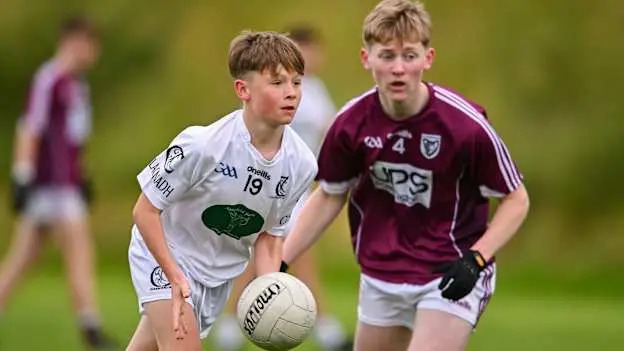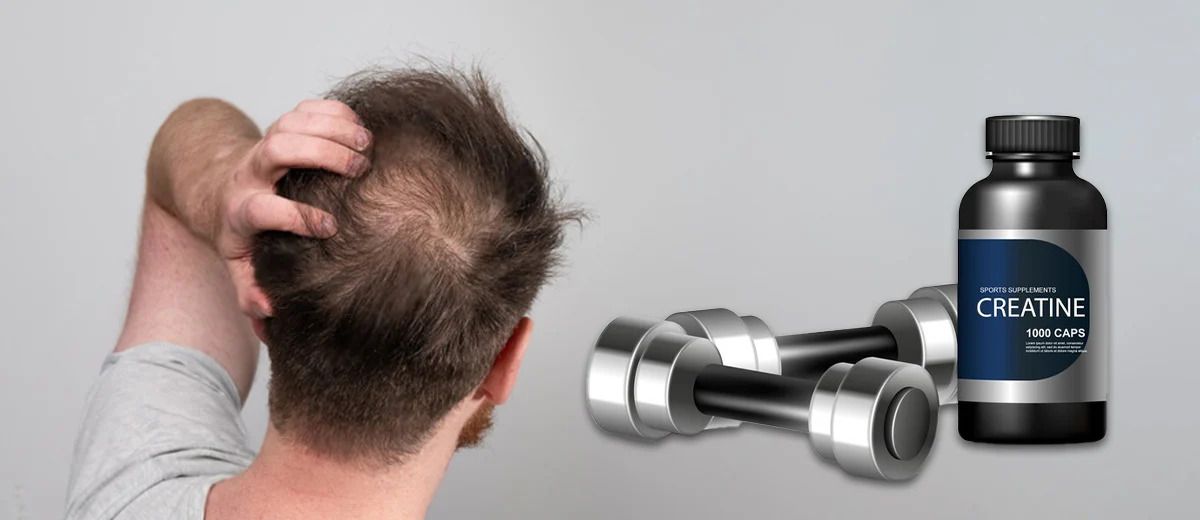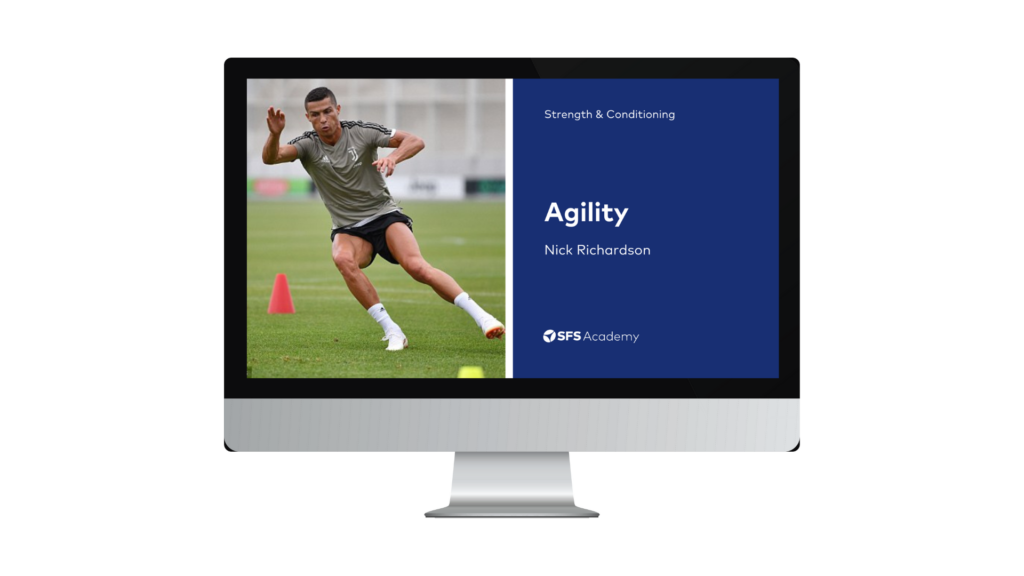This week in the world of sports science, here’s what happened…
- Does creatine cause hair loss?
- Are late developers being overlooked in Gaelic Games?
- Catapult’s motorsport technology
Does creatine cause hair loss?

In January, I highlighted a significant scientific review that addressed numerous misconceptions surrounding the use of creatine. Despite substantial evidence supporting the safety of creatine, several misconceptions persist, one of which is the belief that creatine causes hair loss. Recently, the first study aimed at directly evaluating hair follicle health in relation to creatine supplementation was published.
The rationale behind the theory that creatine may lead to hair loss is based on creatine’s potential to elevate the hormone dihydrotestosterone (DHT). High levels of DHT can contribute to the shrinkage of hair follicles, leading to thinning hair.
The study involved 45 resistance-trained males aged between 18 and 40 years. Participants were divided into two groups: one group received a daily supplementation of 5 grams of creatine monohydrate for a duration of 12 weeks, while the other group received a placebo. Blood samples were collected before and after the supplementation period to measure levels of testosterone and DHT. In addition, the health of hair follicles was evaluated using a Trichogram test and the FotoFinder system, which assessed hair density, hair thickness, and the count of hair follicles.
The findings from the study indicated no significant differences in hair growth parameters between the creatine and placebo groups, nor were there any notable differences in DHT levels. Although one could argue that a 12-week intervention may be insufficient, given that hair loss typically develops over a longer duration, this study is the first to assess the health of hair follicles following creatine supplementation directly, and the results indicate that creatine does NOT contribute to hair loss.
Are late developers being overlooked in Gaelic Games?

Gaelic Games represent the predominant sports within my country, Ireland. A noteworthy study conducted by Claudia Kearney, Edward Coughlan, Con Burns, Aidan O’Connell, and Sean Lacey has revealed significant insights regarding the bias toward early maturation when selecting development squads for Gaelic Games. It is worth noting that Edward Coughlan and Con Burns were previous lecturers of mine, and I would highly recommend that readers explore any content and research produced by them.
The study employed the Khamis Roche method to evaluate the maturation status of 254 players in under-15 and under-16 intercounty development squads, which represent the highest youth competitive level in Gaelic Games. Alarmingly, the results indicated that early developers constituted nearly 64.9% and 64% of the under-15 and under-16 players, respectively. On-time developers comprised 31.5% of under-15 players and 33.7% of under-16 players. Staggeringly, only 3.6% of under-15 players and 2.3% of under-16 players were classified as late developers.
As an athletic development coach working with inter-county underage development squads, I find these findings to be eye-opening. They highlight a significant issue within Gaelic Games in Ireland regarding the selection of early developers, which often leads to the neglect and oversight of late developers.
Consequently, the study authored by Kearney and colleagues merits attention for individuals involved in coaching underage Gaelic Games athletes in Ireland, as well as for practitioners working with youth athletes across various sports. It underscores the critical importance of understanding maturation and the potential benefits that bio-banding may offer to youth athletic development.
If you would like to learn more about bio-banding, check out our new course by the esteemed Louise Wood: Bio-Banding (here)
Catapult’s motorsport technology

Catapult recently shared an insightful post on LinkedIn about their innovative RaceWatch operating system in the world of motorsport. The post features an engaging video that offers a closer look at the cutting-edge technology powering RaceWatch.
In high-speed motorsports like Formula One, cars often reach speeds exceeding 300 km/h, making it nearly impossible for human officials to oversee every detail on the track. To tackle this challenge, Catapult has teamed up with the FIA (Fédération Internationale de l’Automobile) over the past 15 years to develop and refine RaceWatch. This advanced system meticulously monitors every inch of the racetrack to catch incidents and ensure both fairness and safety during races.
The technology behind RaceWatch is nothing short of astonishing! Each racing car is equipped with over 300 sensors that transmit data every millisecond via a fibre optic network embedded around the track. In addition, more than 120 cameras are strategically placed across the circuit. By integrating the data from these sensors and camera feeds, RaceWatch gives racing officials a comprehensive live view of the action. Should an incident occur, racing control operatives can quickly identify it, and RaceWatch seamlessly combines video footage with precise positioning technology to reconstruct the event in mere seconds. The system can then trigger alerts for pit lanes and activate race warning lights to inform drivers.
RaceWatch is an impressive demonstration of how technology has greatly improved the safety and fairness in sports. If you are a Formula One fan, be sure to check out this insightful post by Catapult highlighting their innovative RaceWatch technology!
From us this week:
>> New course: Bio Banding
>> New podcast: Blending Science, Rehab and Reality in Elite Football
>> New infographic: Maximal Aerobic Speed Testing Matrix
>> New article: Hydrotherapy
Access to a growing library of sports science courses
SFS Academy is an all-access membership to premium sports science education.
With SFS Academy, you’ll learn from some of the best coaches around the world as they teach you how to apply the latest research and practice with your athletes.




